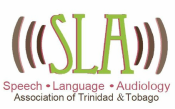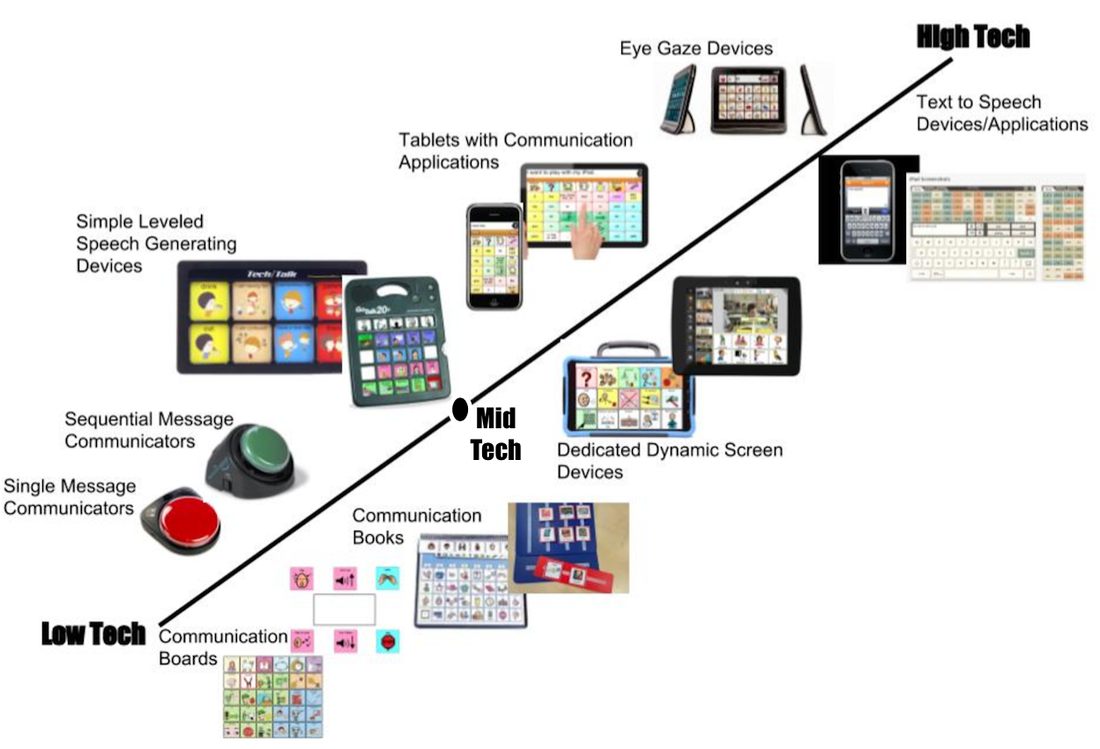Written by Stephani Minty, MS, MA, CCC-SLP
Does it seem like your elderly family member is coughing too much while eating or drinking or not consuming enough to maintain nutritional needs? What are normal changes as we age vs. what are warning signs of swallowing disorder?
What are normal changes in feeding and swallowing in the geriatric population:
-Reduced sense of taste*
-Reduced sense of smell*
-Decreased appetite*
-Difficulty chewing due to missing*
teeth or poor fitting dentures
-Slowed swallow times*
-Need to cough or clear throat at times when eating or drinking (but not often)
-Dryness in throat that can be caused from some medications
-Food “sticking” in chest or acid reflux at times
* can lead to weight loss
What is abnormal?
-Frequent coughing or throat clearing during or after drinking or eating
-“Wet” or “gurgly” voice
-Food or liquid remaining in mouth after swallow, or spilling from lips
-Nasal regurgitation of liquid
-Temperature spikes
What should we do to keep our elderly family member healthy?
- Be aware of increased aspiration pneumonia risk: caused from food, liquid or saliva “going down the wrong way” to our lungs. Take small sips, take pauses in between sips and make sure the person is alert and engaged when drinking/eating. Seek medical attention if the person has a fever as they may have pneumonia or serious illness.
-Oral hygiene: Having a clean mouth reduces risk of aspiration pneumonia. Observe if the person is having trouble with drooling and contact a speech-language pathologist if so.
-Positioning: Ensure elderly family members sit upright during meals with pillows if needed, to maintain neutral head position.
-Mobility: Encourage physical activity to keep muscles conditioned, to help keep up strength to allow for “self-feeding” and to maintain a positive mood
-Hydration: Ensure your elderly family member is meeting their hydration needs, based on what their doctor has recommended. It is common for elderly persons to become dehydrated.
-Nutrition: Consult with a registered dietician to make sure your family member is receiving an appropriate diet to suit their individual needs
Contact a speech-language pathologist with any concerns!
Does it seem like your elderly family member is coughing too much while eating or drinking or not consuming enough to maintain nutritional needs? What are normal changes as we age vs. what are warning signs of swallowing disorder?
What are normal changes in feeding and swallowing in the geriatric population:
-Reduced sense of taste*
-Reduced sense of smell*
-Decreased appetite*
-Difficulty chewing due to missing*
teeth or poor fitting dentures
-Slowed swallow times*
-Need to cough or clear throat at times when eating or drinking (but not often)
-Dryness in throat that can be caused from some medications
-Food “sticking” in chest or acid reflux at times
* can lead to weight loss
What is abnormal?
-Frequent coughing or throat clearing during or after drinking or eating
-“Wet” or “gurgly” voice
-Food or liquid remaining in mouth after swallow, or spilling from lips
-Nasal regurgitation of liquid
-Temperature spikes
What should we do to keep our elderly family member healthy?
- Be aware of increased aspiration pneumonia risk: caused from food, liquid or saliva “going down the wrong way” to our lungs. Take small sips, take pauses in between sips and make sure the person is alert and engaged when drinking/eating. Seek medical attention if the person has a fever as they may have pneumonia or serious illness.
-Oral hygiene: Having a clean mouth reduces risk of aspiration pneumonia. Observe if the person is having trouble with drooling and contact a speech-language pathologist if so.
-Positioning: Ensure elderly family members sit upright during meals with pillows if needed, to maintain neutral head position.
-Mobility: Encourage physical activity to keep muscles conditioned, to help keep up strength to allow for “self-feeding” and to maintain a positive mood
-Hydration: Ensure your elderly family member is meeting their hydration needs, based on what their doctor has recommended. It is common for elderly persons to become dehydrated.
-Nutrition: Consult with a registered dietician to make sure your family member is receiving an appropriate diet to suit their individual needs
Contact a speech-language pathologist with any concerns!

